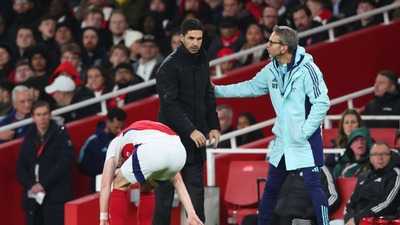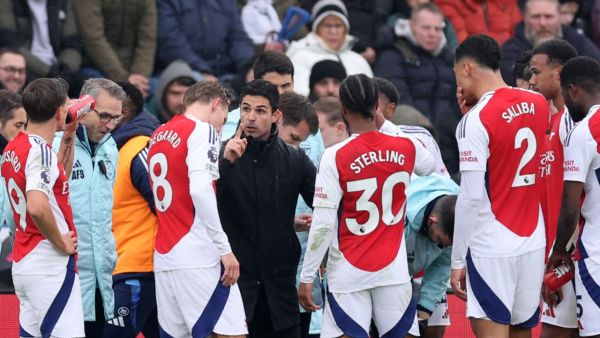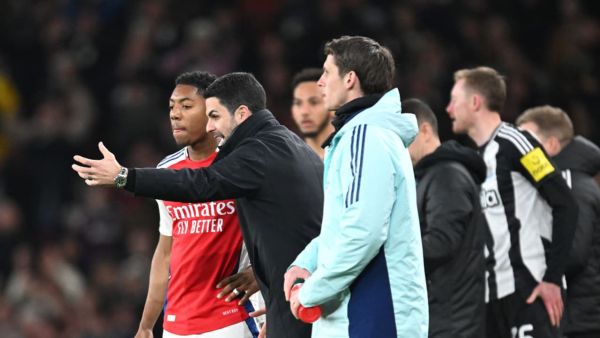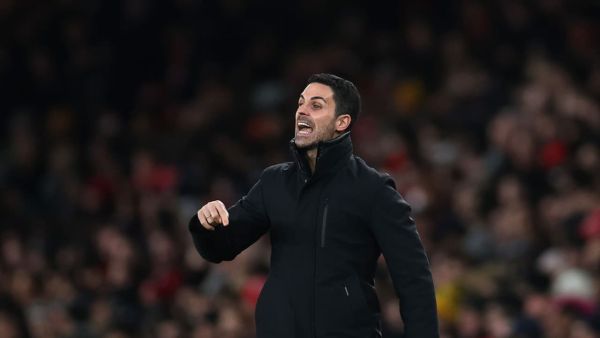
Arsenal’s quiet revolution at London Colney reveals how advanced technology is reshaping their pursuit of success.

The Gunners have rapidly grown their data science department, investing heavily in artificial intelligence infrastructure. According to reports, this expansion is designed to keep pace with Europe’s elite clubs. Arsenal’s leadership believes that staying competitive requires not only talent on the pitch but intelligence behind the scenes. Computer models now process millions of data points to predict problems before they occur, from player fatigue to scouting opportunities.
At the heart of Arsenal’s AI revolution are tailor-made performance models created by the club’s own data scientists. These programs collect vast amounts of information daily, including GPS sprint maps, recovery times, energy outputs, biomechanical readings, match actions, and even micro-movements during training drills.
Unlike traditional analysis, which often relies on video clips and subjective judgment, these systems digest tens of thousands of data points per session. The models learn patterns about fatigue signals, mechanical inefficiencies, and subtle warning signs invisible to the human eye. This allows Arsenal to prepare for what is about to happen, rather than simply reacting to past events.

One of the most innovative aspects of Arsenal’s AI system is dynamic player profiling. Every individual, from academy prospects to first-team regulars, has a live profile that tracks sprint mechanics, joint stress, muscle fatigue responses, and changes under load.
This enables coaches to personalise training, tailoring workloads to each body rather than applying a one-size-fits-all approach. Weaknesses are identified early, allowing improvements before they affect performance. The result is smarter, more efficient training sessions that maximise player potential.
Injury prevention has become the most critical application of Arsenal’s AI tools. Past setbacks, such as William Saliba’s back problem in 2022-23 and Kai Havertz’s hamstring injury last season, highlighted the need for proactive monitoring. The models now detect tiny drops in acceleration, altered stride patterns, and minor imbalances that can signal impending muscle injuries.
Before congested fixture schedules, the system flags players at elevated risk of fatigue, giving Arteta the information needed to rotate wisely. This approach aims to keep key players available during decisive stretches of the campaign.

Arsenal’s analytics tools also extend to opposition analysis. Machine learning evaluates how full-backs react under pressure, how midfield structures shift during transitions, and where passing lanes open during pressing triggers. These insights allow Arteta’s staff to design game plans based not on instinct but on probability maps. By parsing opposition patterns frame by frame, Arsenal can anticipate scenarios and prepare strategies with greater precision.

Mikel Arteta has acknowledged the club’s adoption of artificial intelligence, though cautiously. “It’s in use already for many things and many processes that can help not just a team but an organisation as well,” he said. “It will improve and it will give us good insight, or things at least to think about. We have developed certain things that in our opinion can help us to understand ourselves better and evaluate what we do and what we can improve.”